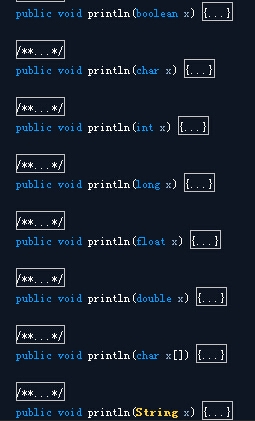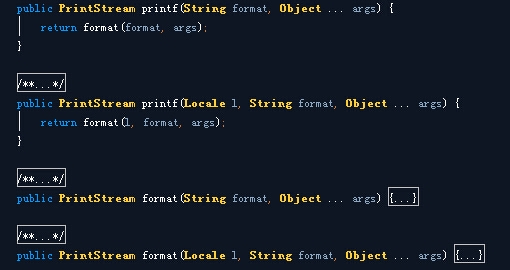Java - 让1+1的结果变成3
原出处是国外某论坛某帖子中楼主提问:如何让1+1=3?
于是出现了各种语言实现的各种机制的答案,当然其中也包括直接用字符串输出"1+1=3"...
最后被采纳的是用Java语言实现的答案。
以下是答案:
public static void main(String[] args) throws IllegalAccessException, NoSuchFieldException { Class cache = Integer.class.getDeclaredClasses()[0]; Field c = cache.getDeclaredField("cache"); c.setAccessible(true); Integer[] array = (Integer[]) c.get(cache); array[130] = array[131]; System.out.printf("%d", 1 + 1); }
作者解释:
You need to change it even deeper than you can typically access.
Note that this is designed for Java 6 with no funky parameters passed in on the JVM that would otherwise change the IntegerCache.
Deep within the Integer class is a Flyweight of Integers.
This is an array of Integers from 128 to +127. cache[132] is the spot where 4 would normally be. Set it to 5.
这样思路已经很明确了。
Integer.class.getDeclaredClasses()[0]指向IntegerCache类,其cache域在静态初始化块内进行初始化,缓存-128到127,由此可知cache[130]==2。
static { // high value may be configured by property int h = 127; String integerCacheHighPropValue = sun.misc.VM.getSavedProperty("java.lang.Integer.IntegerCache.high"); if (integerCacheHighPropValue != null) { int i = parseInt(integerCacheHighPropValue); i = Math.max(i, 127); // Maximum array size is Integer.MAX_VALUE h = Math.min(i, Integer.MAX_VALUE - (-low)); } high = h; cache = new Integer[(high - low) + 1]; int j = low; for(int k = 0; k < cache.length; k++) cache[k] = new Integer(j++); }
于是写出了如下代码,只可惜运行结果仍然是2:
public static void main(String[] args) throws IllegalAccessException, NoSuchFieldException { Class cache = Integer.class.getDeclaredClasses()[0]; Field c = cache.getDeclaredField("cache"); c.setAccessible(true); Integer[] array = (Integer[]) c.get(cache); array[130] = array[131]; System.out.println(1+1); }
问题就出在printf还是println。
 |
 |
|
|
参考println的方法声明,作者对于不同的基本类型都提供了overwrite,而printf并没有为基本类型提供方法。
wKiom1P1x5uiJ_7FAADt9PjOSaM217.jpg
wKiom1P1yGeRfS2nAAD6dtUCDzM911.jpg
虽说printf("%d",1+1)相当于System.out.println(String.format("%d", 1 + 1));
但问题的本质还是在于println(1+1)的结果仍是基本类型,并没有进行装箱。
即,System.out.println((Integer)1+1);的结果为3.





【推荐】编程新体验,更懂你的AI,立即体验豆包MarsCode编程助手
【推荐】凌霞软件回馈社区,博客园 & 1Panel & Halo 联合会员上线
【推荐】抖音旗下AI助手豆包,你的智能百科全书,全免费不限次数
【推荐】轻量又高性能的 SSH 工具 IShell:AI 加持,快人一步
· Linux系统下SQL Server数据库镜像配置全流程详解
· 现代计算机视觉入门之:什么是视频
· 你所不知道的 C/C++ 宏知识
· 聊一聊 操作系统蓝屏 c0000102 的故障分析
· SQL Server 内存占用高分析
· 盘点!HelloGitHub 年度热门开源项目
· DeepSeek V3 两周使用总结
· 02现代计算机视觉入门之:什么是视频
· C#使用yield关键字提升迭代性能与效率
· 2. 什么?你想跨数据库关联查询?